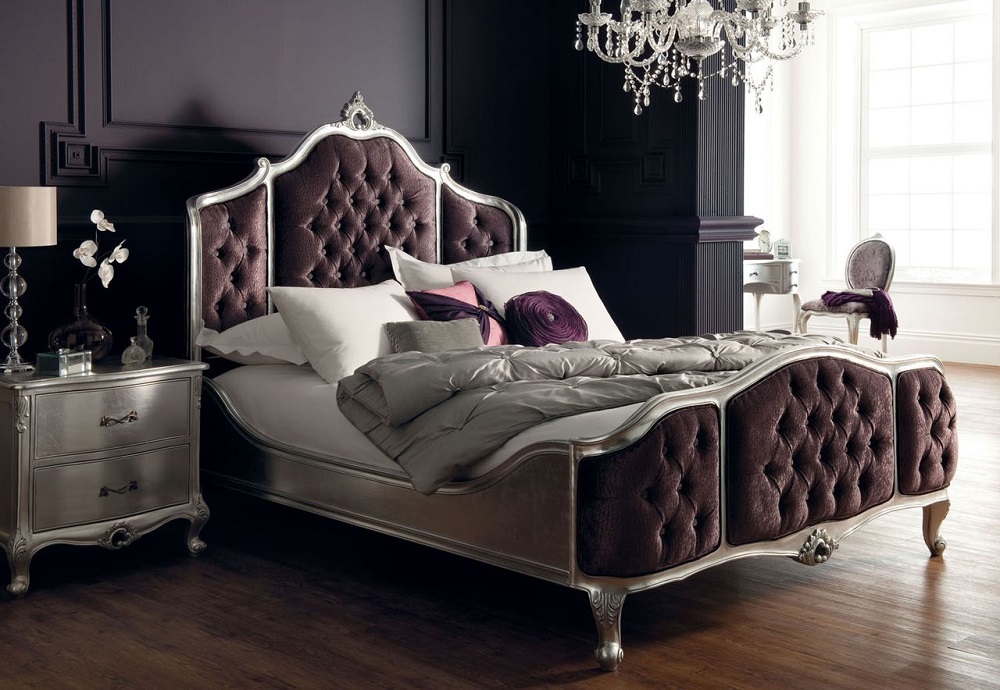
The Rococo Art Movement
Also referred to as "Late Baroque", Rococo is a beautiful, delicate, flamboyant and Parisian art movement of style which came to prominence around the 18th Century, during the reign of Louis XV and the Régency Period.
According to the Art Apprentice:
- The death of Louis XIV, whose reign was deeply rooted in the Baroque formality, with its dark colors, dramatic interpretations and symbolism featuring important heroes, as well as biblical scenes, created a need for change.
"A reaction or protest began to unfold against what was seen as the heavier classical Baroque."
Rococo therefore, is seen as a liberal contrast to the formality of the Baroque artistic style. The movement began not with furniture however -though that is now where the core of the artistry is based- but with garden decorations and grottos.
As the Rococo style developed and flourished into other forms including architecture and paintings, it spread across Europe, as it was taken home by the students who studied in Paris.
Regarding furniture, one of the leading designers was Thomas Chippendale, who thanks to his innovative designs, became a household name during the 18th century.
The word 'Rococo' itself is derived from two words. The first is from the French word 'rocaille' meaning shell, stone, or rockwork. The second derision is from the word 'barocco' which means "misshapen pearl."
Interestingly however, the term 'Rococo' was not actually coined until the 19th Century.
So how do you identify Rococo furniture?
If you want to be able to spot a beautiful piece of Rococo furniture for yourself, there are of course a few signifiers which you may want to look out for.
Colours
In France at least, the Rococo style utilises delicate colours including soft pink, white, yellow, azure and ivory that is often mixed with cream, gold or silver-leaf finish.
Motifs
Natural motifs are featured throughout the Rococo design. Interestingly, it is often noted that British Rococo motifs are often more realistic in their details, whereas French Rococo motif is often noted to be more flamboyant.
Elaborate carved forms
Much of the original Rococo styling was formed not by architects, but rather designers and craftspeople, which helps explain the importance of the luxuriant hand-worked design of Rococo furniture.
Carved cabriole legs and clawed or balled feet are also heavily used features in Rococo furniture.
The Acanthus Leaf
One of the basic, yet highly popular motifs of the Rococo design is the Acanthus leaf which features heavily throughout the designs. Although it actually bears little resemblance to the real acanthus leaf, it is more or less an elaborate form of the plant.
